1. Trend Prediction via Social Media Analysis
AI scans massive social media data (posts, hashtags, influencer feeds) in real time to catch emerging fashion trends early. By analyzing images and text from platforms like Instagram and TikTok, brands can spot micro-trends (colors, styles) before they hit mainstream, enabling proactive design and merchandising.
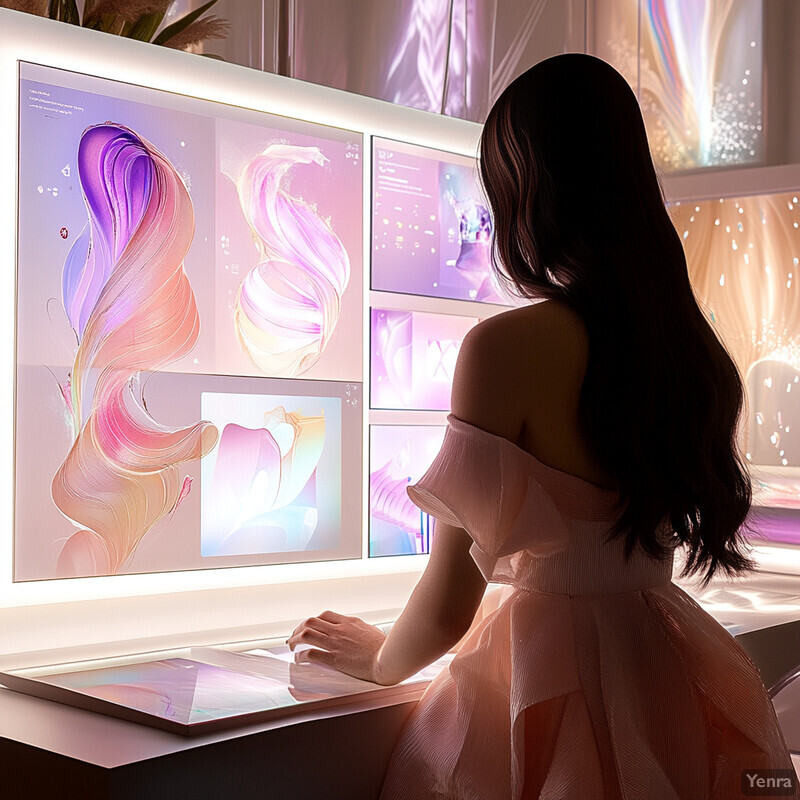
Trend forecasting agencies now use AI to process millions of social posts daily – for example, Heuritech’s system analyzes around 3 million fashion images per day on social media to detect nascent trends in color, silhouette, and styles. This data-driven early detection allows companies to anticipate consumer interests months in advance and respond faster than traditional methods.
2. Image Recognition for Style Identification
Advanced computer vision identifies clothing attributes (garment type, pattern, texture) from images automatically. This means product photos can be tagged and categorized in seconds, improving inventory organization and enabling visual search for shoppers. Automated style tagging reduces manual labor and errors, making lookbook curation and product discovery seamless.
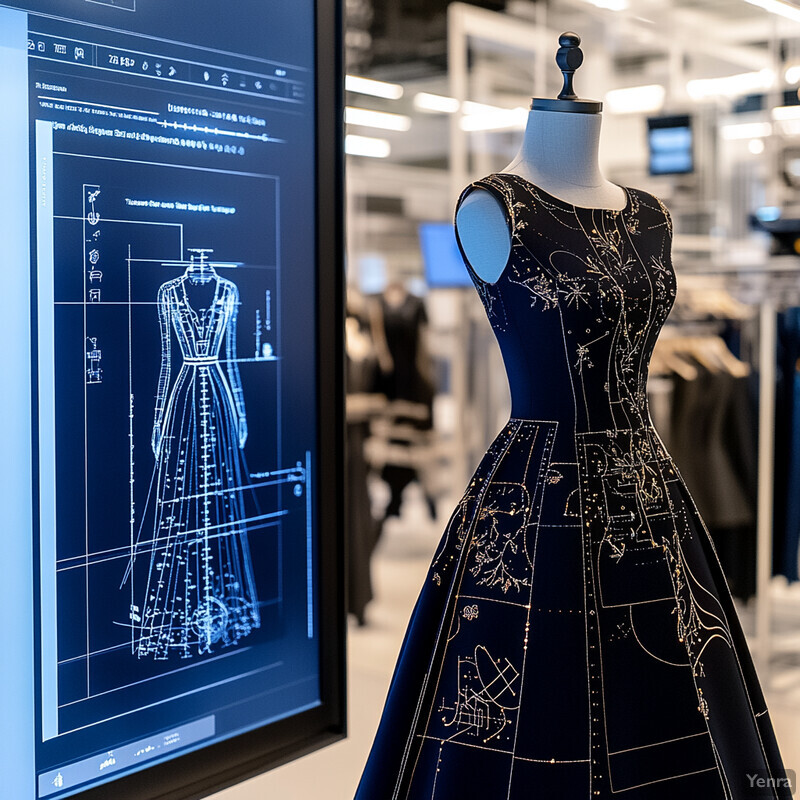
Retailers adopting AI image recognition for product tagging have seen dramatic efficiency gains – up to 85% reduction in time-to-market for new items and a 50% decrease in staff needed for tagging, while boosting conversion rates by around 40% due to better search accuracy. For example, AI can tag 1,000 products in under 5 minutes (versus ~50 hours manually), a 99.8% time reduction, ensuring consistent tags that help customers find items more easily.
3. Personalized Outfit Recommendations
Machine learning recommendation engines curate outfits and product suggestions tailored to each customer’s style. By analyzing purchase history, browsing behavior, body size, and even local weather, AI generates “personal stylist” suggestions at scale. This personalization increases customer satisfaction and loyalty by delivering relevant clothing recommendations.
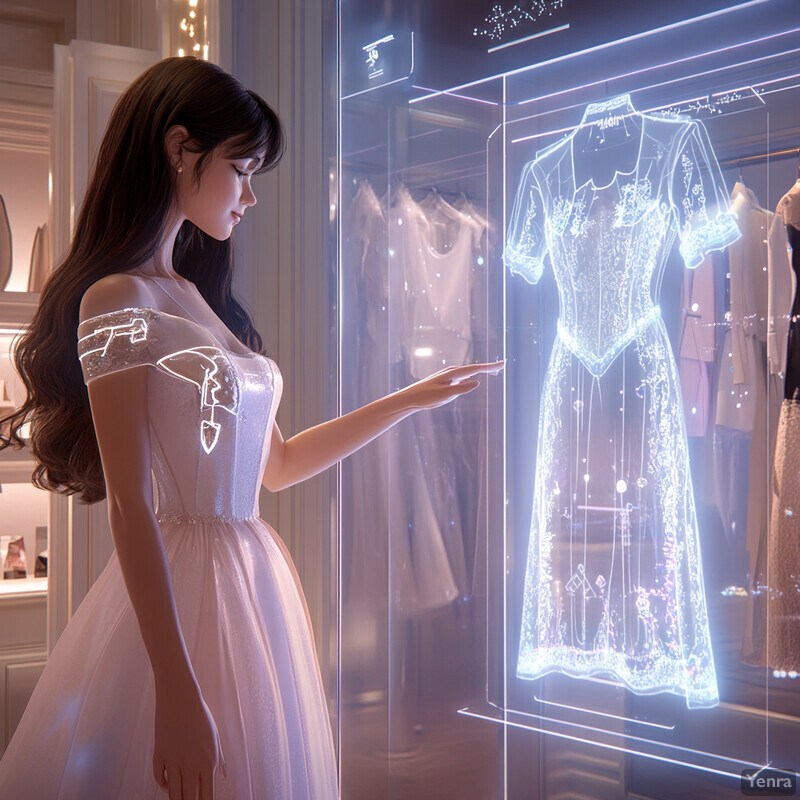
Personalization has a direct impact on sales – companies that excel at it generate up to 40% more revenue from these efforts than average. In fashion e-commerce, an estimated 43% of purchases are influenced by personalized recommendations or promotions, and 75% of consumers prefer brands that deliver tailored messaging and product suggestions. These data underscore how AI-driven outfit recommendation systems can boost conversion and repeat purchases.
4. Real-Time Trend Spotting
AI monitors live inputs like street style photos, fashion week streams, and search trends to detect shifts in consumer taste as they happen. Brands can get instantaneous alerts on what styles or items are gaining traction day-to-day, allowing almost real-time adjustments in marketing or design. This agility helps fashion companies stay ahead of fast-moving trends.
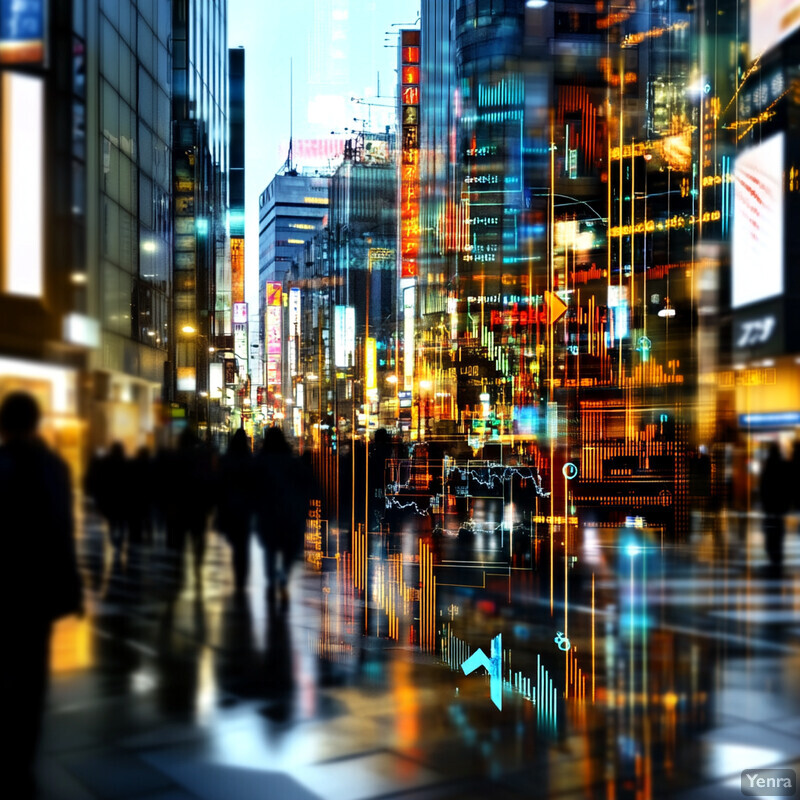
AI models today can even quantify trend momentum instantly. For example, Heuritech’s system parses runway and street images in real time and can output highly specific predictions – one AI forecast noted “pinstripes are expected to be 80% more visible in the European market next year,” a real prediction based on early signals. This level of real-time insight enables brands to react within hours or days (rather than seasonal cycles), adjusting product mixes or ad campaigns to align with what’s trending right now.
5. Automated Styling Assistants
AI-powered virtual stylists (through chatbots or apps) provide personalized fashion advice at scale. They interact with customers via natural language, ask about style preferences or upcoming occasions, then recommend outfits accordingly – mimicking a human stylist. These assistants learn user preferences over time, offering ever more refined suggestions and enhancing online shopping with a personal touch.
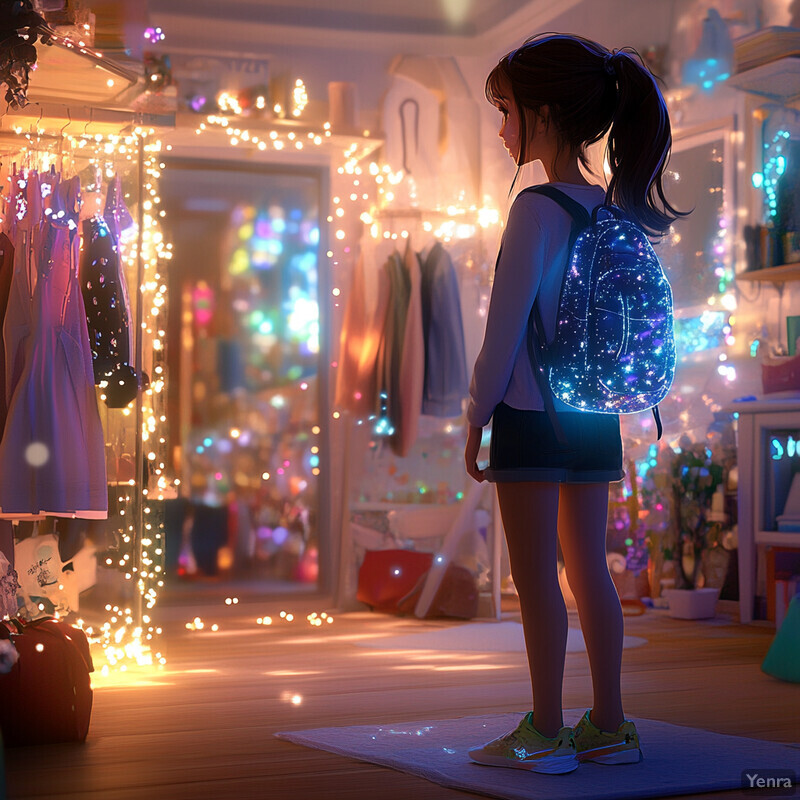
The market for AI personal stylists is growing rapidly as retailers adopt these virtual assistants. The global AI-based personalized stylist market was valued around $127 million in 2024 and is projected to reach about $2.83 billion by 2034 – a remarkable ~36.5% annual growth rate. This reflects how brands see value in automated styling; by guiding customers to choices they love, AI stylists can increase engagement and boost sales (for example, one fashion AI chatbot led to a 150% increase in user sessions according to industry reports).
6. Predictive Inventory Management
By forecasting fashion trends and demand with AI, retailers optimize inventory – producing the right quantities at the right time. This reduces overstock (excess inventory that leads to markdowns or waste) and avoids stockouts of popular items. In short, AI demand forecasts make supply chains leaner and more responsive, improving profitability and sustainability.
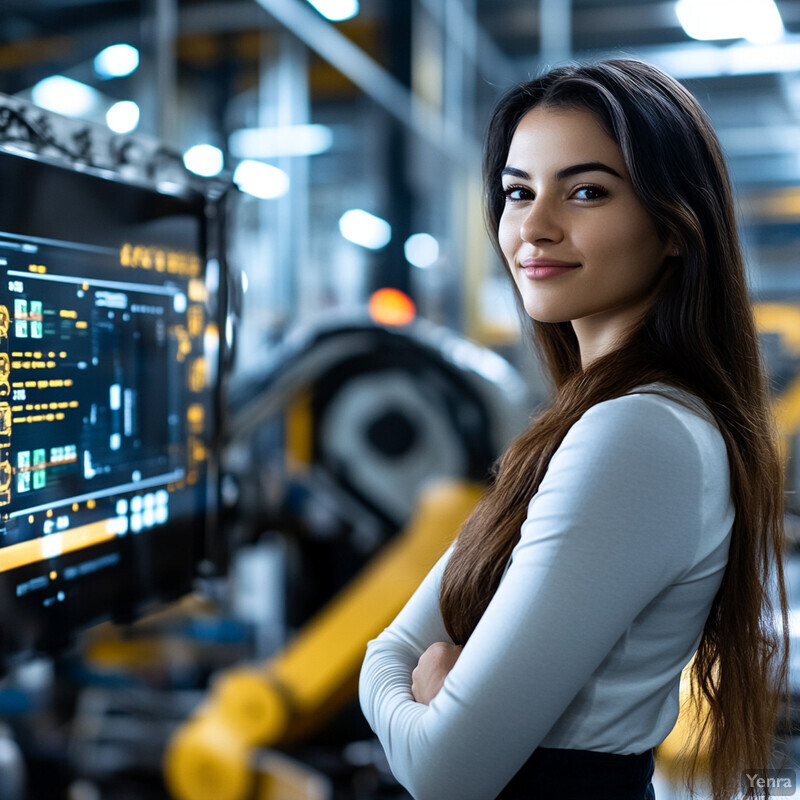
The fashion industry currently faces major inventory imbalances – roughly 40% of fashion products worldwide are not sold at full price, and about 25% of products are never sold at all (either due to overproduction or missing the trend). AI can help cut these losses: for instance, fast-fashion leader Shein uses AI algorithms to adjust its supply in real time, reportedly enabling it to list 600,000 items on its platform at any given moment to meet demand. Early adopters of AI forecasting have seen double-digit improvements in sell-through rates and significant waste reduction by aligning production with predicted demand.
7. Color and Pattern Forecasting
AI analyzes historical fashion data and current social signals to predict which colors, prints, and patterns will trend in upcoming seasons. By detecting cyclical patterns (like a 20-year revival cycle for certain prints) and new shifts in consumer color preferences, machine learning helps designers choose palettes and motifs that will resonate, reducing guesswork in the creative process.
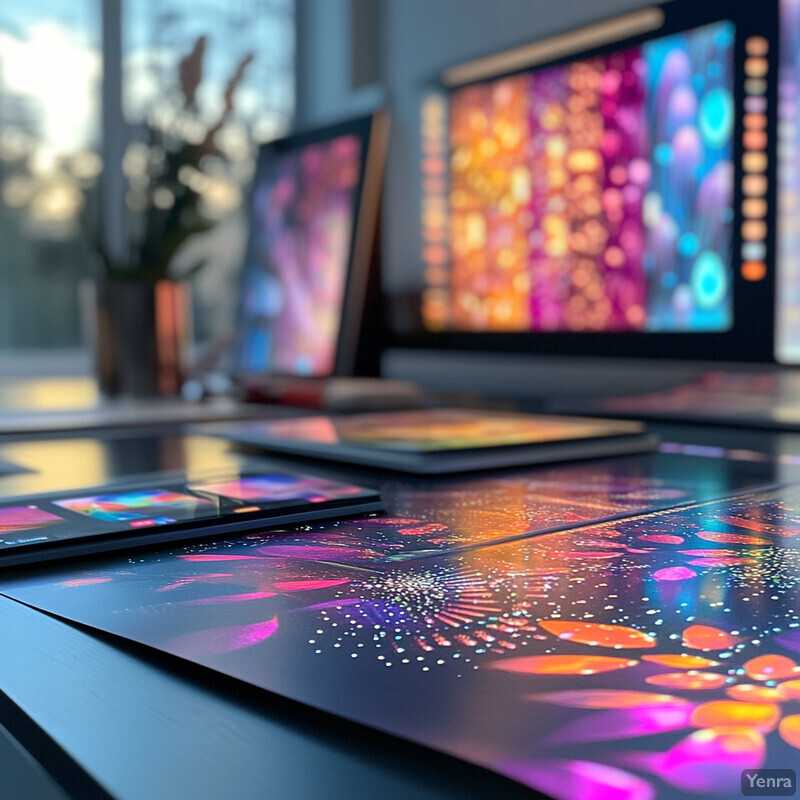
Research shows incorporating granular social-media data greatly improves the accuracy of color trend forecasts. In a 2023 study, adding fine-grained social media signals to demand forecasting improved prediction accuracy (reduced error) by 24% to 57% compared to traditional methods. In practice, this means AI can forecast, for example, a surge in demand for “sage green” or polka-dot patterns months in advance, enabling brands to prepare relevant stock. Such tools help hit the bullseye on popular colors/patterns, increasing full-price sell-through.
8. 3D Virtual Fitting and Try-Ons
Augmented reality (AR) and virtual reality (VR) tools let customers “try on” clothes digitally – either overlaying garments on their live image or using 3D avatars. These AI-driven fitting rooms give immediate feedback on fit and style without physical trials. The result is a more confident purchase (seeing how an item might look on you) and fewer returns, as customers can identify sizing or style issues before ordering.
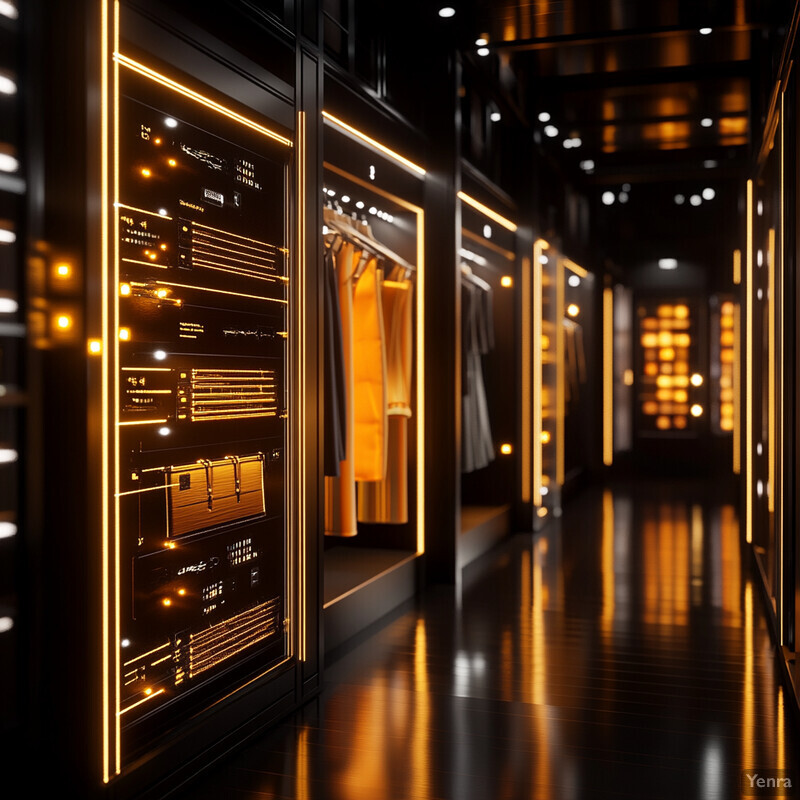
Virtual try-on technology has been shown to drastically cut return rates. Brands that offer AR fitting tools average 64% fewer returns compared to those that don’t. For instance, after introducing virtual fitting rooms, Macy’s reduced its apparel return rate to under 2%. These tools also boost sales – studies found virtual try-ons can increase online fashion conversion rates by 20–30% by giving shoppers more confidence in fit. The ability to virtually try outfits reduces the “looks different in person” problem (which accounts for ~22% of returns).
9. Fabric and Material Innovation
AI helps designers and product developers evaluate and select fabrics by analyzing material properties, performance data, and consumer preferences. Machine learning can predict which textiles (e.g. sustainable fabrics, blends) will best suit a new style for durability, comfort, or trend appeal. It also aids innovation by suggesting novel materials that meet both aesthetic and sustainability criteria, reducing trial-and-error in fabric selection.
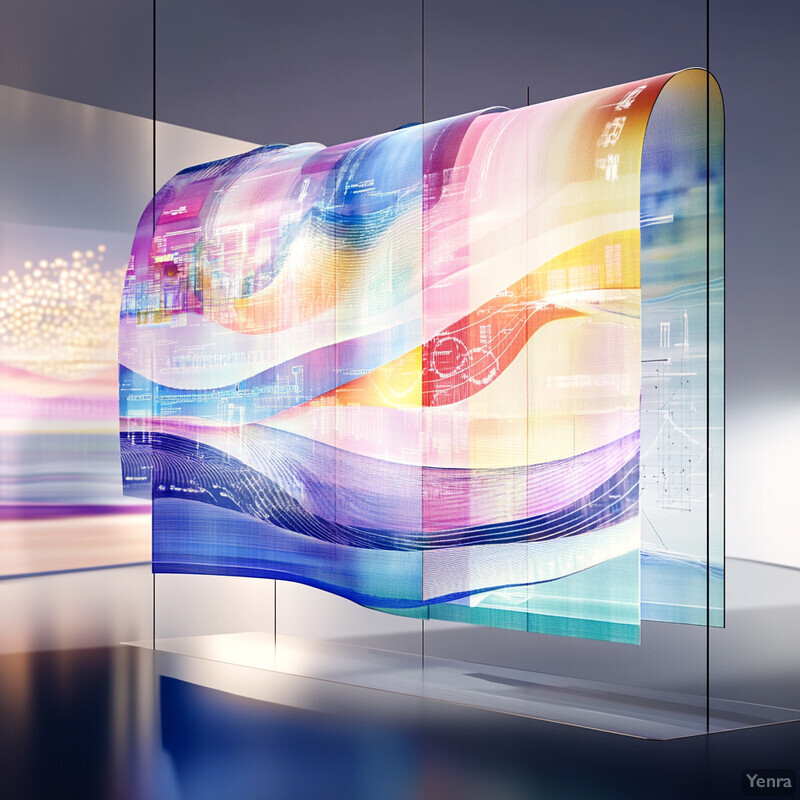
The use of AI in the textile and material domain is surging. The global AI in textiles market, which includes applications like smart material selection and quality control, was about $3 billion in 2024 and is projected to grow to over $21 billion by 2033 (roughly 24.6% CAGR). Similarly, the smart textiles segment (tech-infused fabrics) is expected to quadruple from $4.0B in 2024 to $15.6B by 2030. These investments reflect how AI is driving material innovation – e.g., companies using AI to discover recycled fiber blends that mimic cotton feel (addressing the 87% of textiles that end up in landfills) while meeting consumer comfort and sustainability demands.
10. Customer Preference Clustering
AI clustering algorithms segment customers into groups based on style preferences and behavior (for example, “streetwear enthusiasts” vs “minimalist professionals”). By understanding these distinct segments, brands can tailor collections and marketing messages to each group more precisely. It uncovers niche trends within the customer base that might be missed by broad analysis, enabling targeted product development that resonates strongly with each cohort.
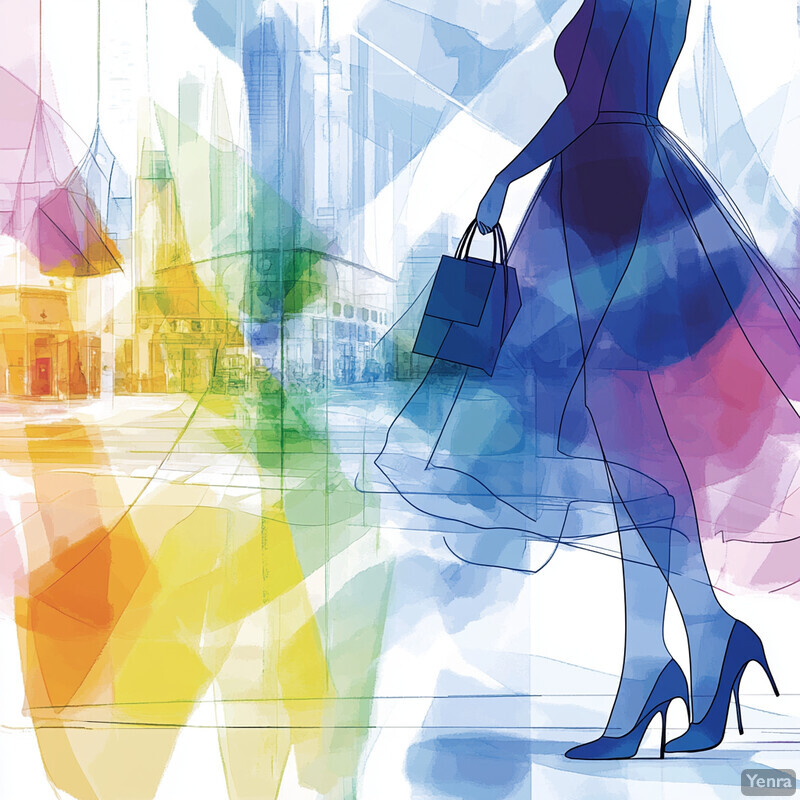
Hyper-personalization driven by customer segmentation delivers tangible business benefits. According to industry analysis, leveraging detailed style-based clusters can increase customer lifetime value by 20–30%, as shoppers get more relevant product recommendations and personalized outreach. In fact, 57% of consumers say they’ll spend more with brands that understand their personal style. Retailers using AI-driven segmentation (like Stitch Fix with its style algorithms) have reported improved retention and higher average order values, since customers feel the brand “gets” their taste.
11. Influencer Impact Analysis
AI tools measure the real influence of fashion bloggers and social media personalities on consumer behavior. By tracking metrics (likes, shares, click-throughs, conversions) and correlating them with sales data, brands can quantify which influencers drive purchases and trending styles. This guides decisions on influencer partnerships and campaign strategies, ensuring marketing spend is directed to the voices that truly sway the brand’s target audience.
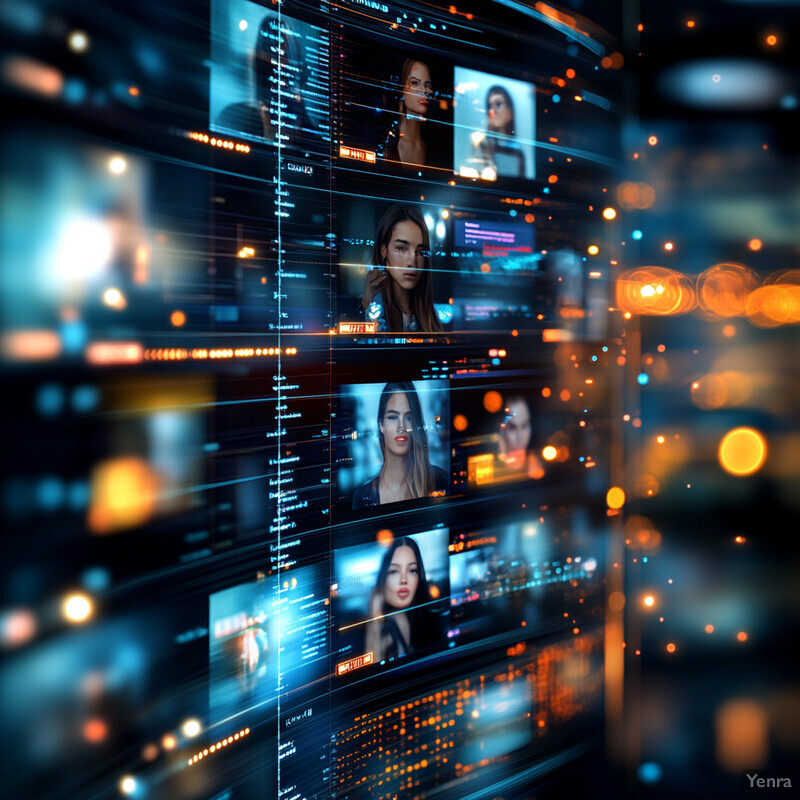
Influencers now significantly shape consumer purchases: about 57% of consumers have made a purchase based on an influencer’s recommendation. The influencer marketing industry in fashion reflects this impact, growing from an estimated $6.2 billion in 2024 to $8.4 billion in 2025 (35.7% CAGR). AI analytics can further drill down – e.g., identifying that micro-influencers (10k–100k followers) often achieve ~7% engagement rates (vs ~2% for mega-celebrities), or detecting that an Instagram post by a specific stylist led to a 25% spike in searches for a brand’s jacket. These insights help brands invest in the right influencer collaborations for maximum ROI.
12. Social Listening for Early Signals
Beyond obvious trends, AI “listens” to online conversations – forums, comments, reviews – to catch subtle shifts in sentiment about styles or brands. This early-warning system can reveal emerging customer desires or concerns (for example, growing frustration with a quality issue, or budding interest in a niche aesthetic) before they show up in sales figures. Fashion companies can then address issues or capitalize on opportunities proactively.
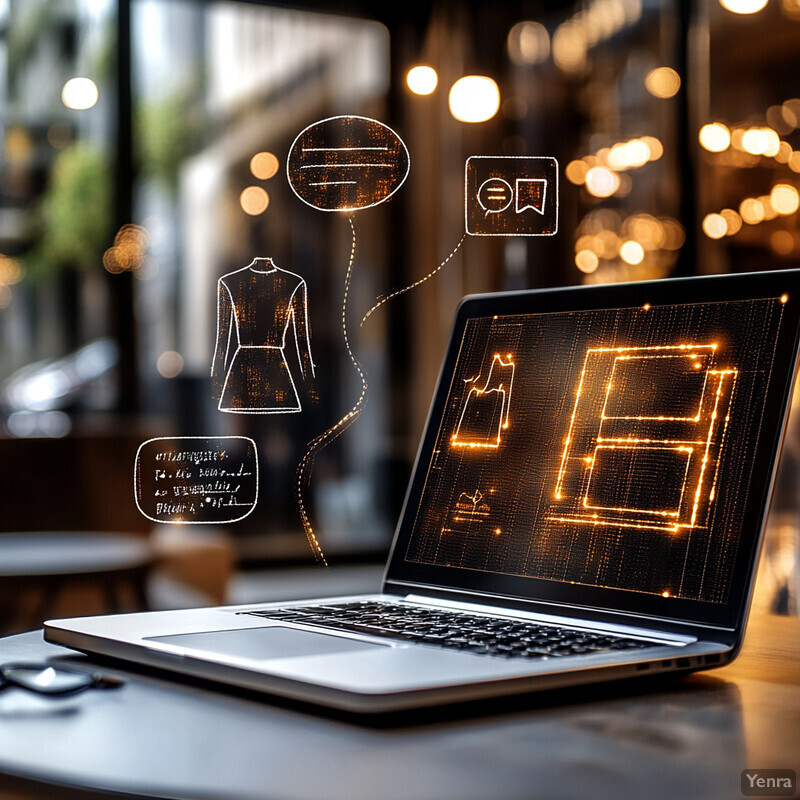
Social listening has become essential in fashion marketing; the global social media listening/monitoring market was valued around $9.15 billion in 2024 and is projected to grow ~14.3% annually through 2030. Marketers are investing accordingly – in one survey, 55% of marketing professionals worldwide plan to increase time and budget on social listening by 2025. The reason: these tools can alert a brand if, say, mentions of “itchy sweater” for one of their products jump by 300% in a week, or if a new streetwear term is trending in a key demographic. By catching such signals, brands pivot faster – adjusting materials, launching new styles, or tweaking messaging in near real time.
13. Fashion Show Analysis and Summaries
AI can swiftly analyze runway show footage and look images to distill the key trends of the season. It identifies dominant silhouettes, colors, fabrics, and recurring design themes across different designers. Instead of manually combing through hundreds of runway looks, trend forecasters get instant, data-driven summaries of what’s “in” this season, aiding buyers and designers in aligning with those trends.
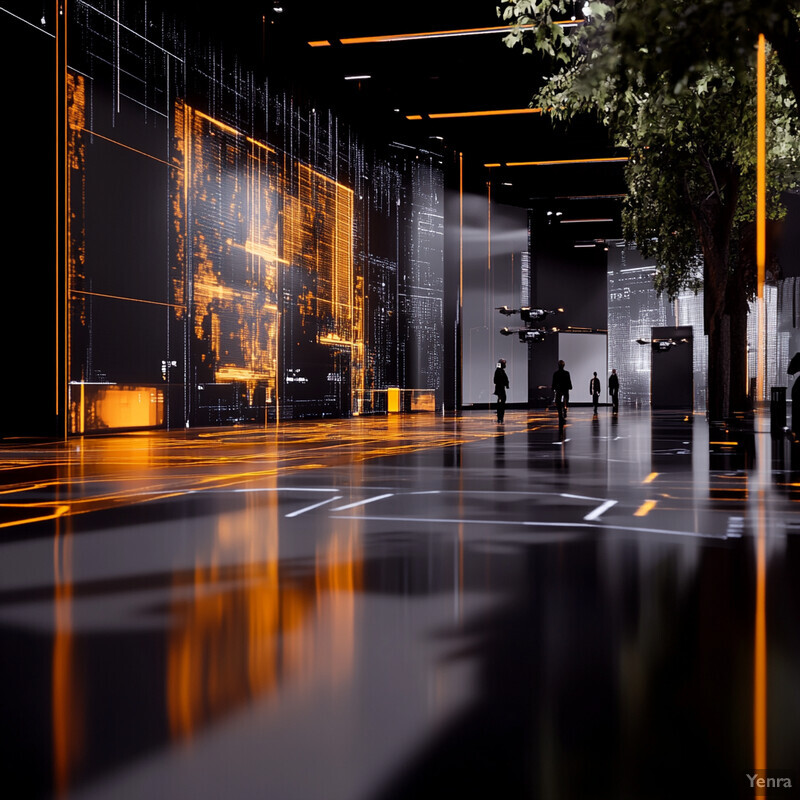
Modern AI vision systems can tag and compare runway outfits with impressive detail. For example, one system codes each look using 2,000 distinct attributes (like “long sleeves,” “pleated skirt,” “scarlet color”) and tracks their prevalence in real time. This means an AI can analyze dozens of fashion shows within minutes, highlighting that, say, 60% of designers featured oversized coats or that floral prints appeared 30% more often than last season. Major trend agencies have adopted such tools – WGSN launched an AI model in 2022 to enhance its forecasts – to ensure their trend reports quantitatively reflect what dominated the runways each season.
14. Automated Mood Boards
Generative AI can create mood boards and inspiration collages based on a theme or prompt, helping designers in early concept development. By pulling from vast image databases (art, nature, historical fashion, etc.), AI assembles visual motifs, color palettes, and style elements that fit a desired vibe. This accelerates the brainstorming phase and can spark creativity by showing novel combinations that a designer might not have manually gathered.
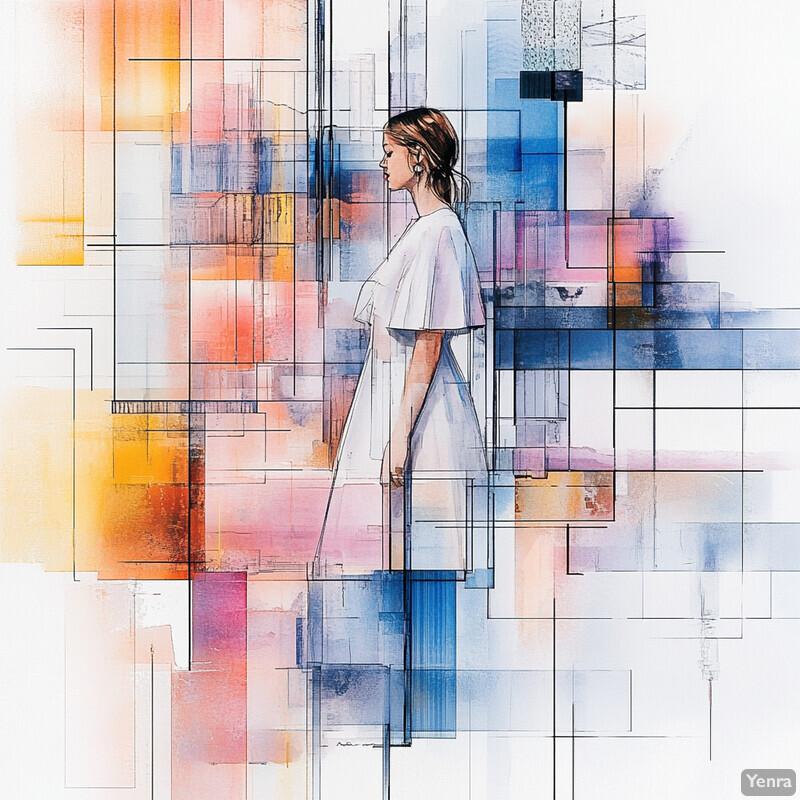
The fashion industry is quickly warming to generative AI for creative tasks like this. 73% of fashion executives said generative AI would be a priority in 2024, yet only 28% had experimented with it by late 2023 – indicating a major growth in adoption is imminent. Already, tools like OpenAI’s DALL·E and Midjourney are used by 25% of designers to help generate idea boards and illustrations. The result: what used to take hours of magazine-cutting and image sourcing can now be done in seconds. A designer at Mango, for instance, reported using an AI mood board generator to conceive a new print pattern in a fraction of the usual time, contributing to over 20 AI-co-designed garments for the brand.
15. Demand Forecasting Across Markets
AI trend forecasting considers regional differences – cultural influences, climate, local social media trends – to predict which styles will sell in each market. This localization means a brand can vary its collections by region (for example, forecasting higher demand for modest fashion in the Middle East, or brighter colors in South America) and plan inventory and marketing accordingly. It prevents a one-size-fits-all approach and improves global sell-through by aligning with local tastes.
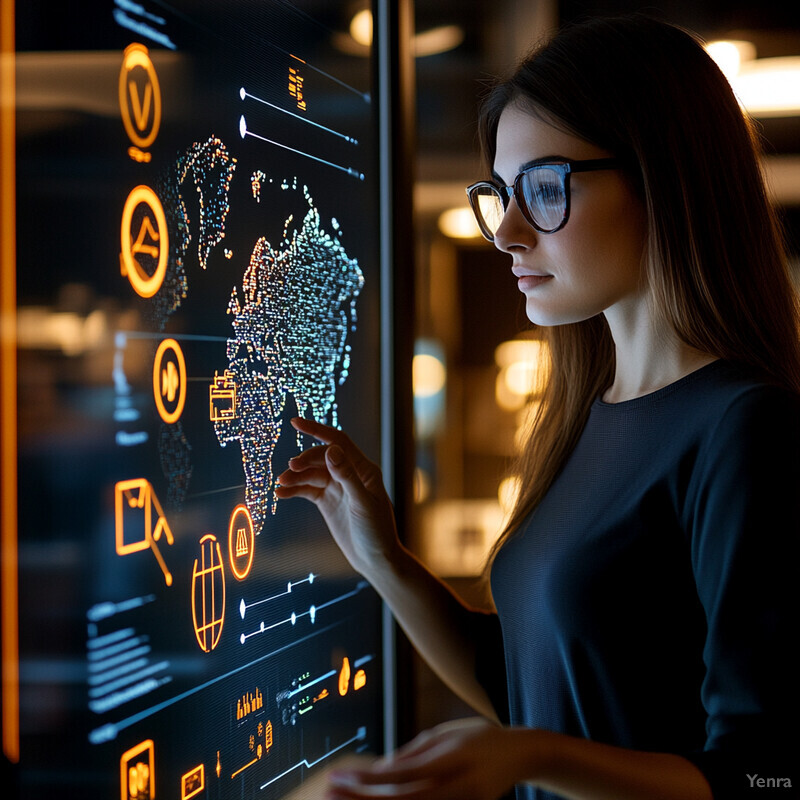
The use of trend forecasting is growing worldwide, with some regions accelerating faster. In 2023, the fashion trend forecasting service market was about $850 million in North America and $850 million in Asia-Pacific (and ~$700M in Europe), but Asia-Pacific is the fastest-growing segment with a projected 10.8% CAGR (2025–2033) versus 10.3% in North America. This reflects brands’ focus on tailoring trends to each region. For example, one AI tool predicted that floral print dresses would spike in popularity in Southeast Asia (correlating with a tropical climate and influencer content there), guiding a retailer to stock 30% more of that style in the APAC region – which subsequently sold through 90%+ of units. Such targeted forecasting across markets leads to more efficient product localization and higher international sales.
16. Competitive Intelligence
AI gathers and analyzes competitors’ public data – product lines, pricing changes, stock levels, and even marketing campaigns – to inform a brand’s strategic decisions. This automated competitive analysis helps brands quickly react to rivals (for example, matching a sudden discount, or filling a product gap a competitor left open) and identify market opportunities. Essentially, AI makes keeping an eye on the competition a real-time, data-driven practice rather than an occasional manual review.
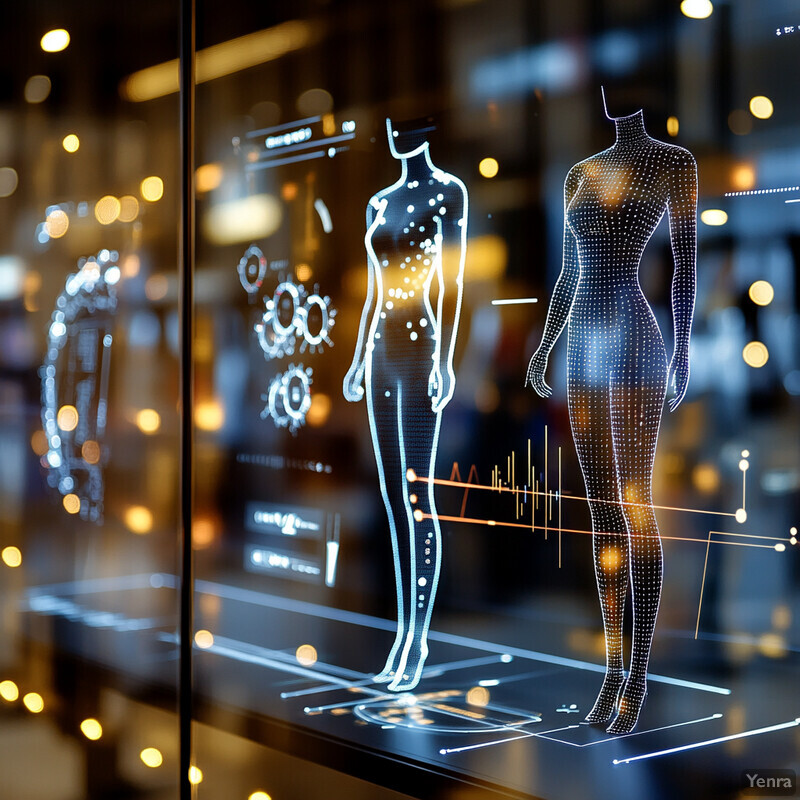
Automation dramatically boosts the efficiency of competitive analysis. AI-powered market intelligence platforms (like Lectra’s Retviews) claim to save around 80% of analysts’ time on data gathering and benchmarking, by delivering real-time retail data and insights. Client adoption of such tools is high – Retviews reports a 90% adoption rate within one month of onboarding at fashion retailer clients. For example, an apparel brand using AI competitive monitoring can get an alert that a rival just dropped prices by 15% on denim jackets, and respond within hours. By systematically tracking competitors’ assortments and pricing, companies have reduced missed opportunities (one retailer attributed a 6% decrease in lost sales to AI inventory/pricing optimization informed by competitor data).
17. Sustainability Analytics
AI integrates sustainability metrics into trend forecasting, highlighting which eco-friendly practices and materials are gaining favor. Brands can foresee if consumers are shifting toward, say, recycled fabrics or low-carbon processes and adjust accordingly. It also means companies can track their own sustainability performance (carbon footprint, waste, etc.) in real time and correlate it with consumer sentiment – aligning fashion strategy with environmental responsibility and emerging green trends.
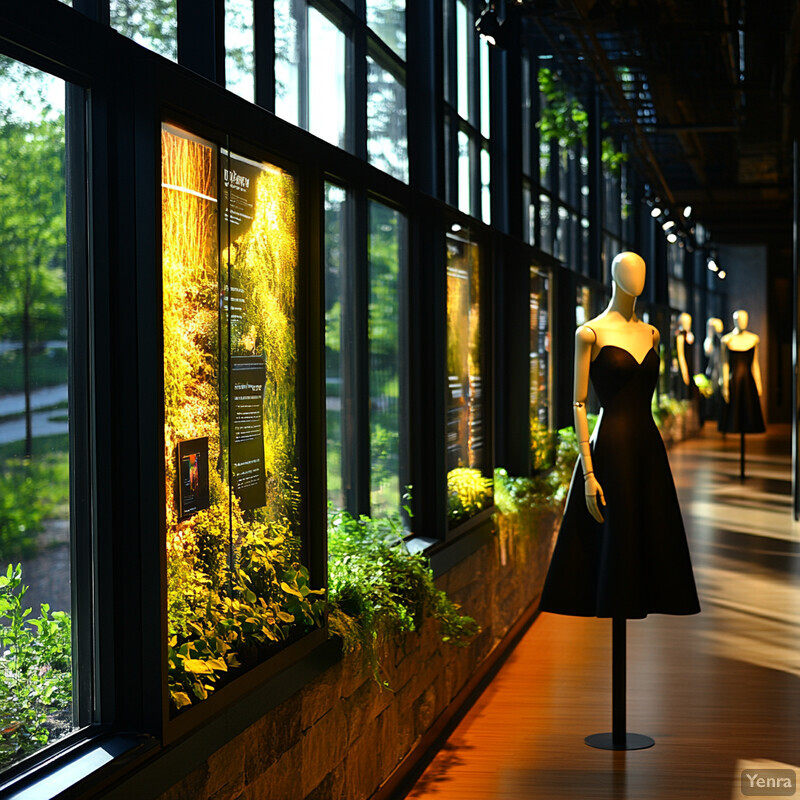
The push for sustainability in fashion is massive and urgent: the industry is responsible for about 4% of global carbon emissions and over 92 million tonnes of textile waste per year. Consumers are increasingly eco-conscious (for example, 75% of Gen Z shoppers prioritize sustainability over brand name). AI-driven sustainability analytics help brands respond to these pressures. By forecasting which sustainable materials or practices will trend, companies can get ahead – e.g., predicting a rise in demand for organic cotton or mushroom leather. Some retailers using AI sustainability scoring have cut supply chain emissions by 10-15% by choosing materials flagged as low-impact and favoring manufacturers with better environmental scores. In short, combining trend data with eco-metrics guides fashion brands to be both trendy and ethical, which is becoming a key differentiator in the market.
18. Historical Data Mining
AI mines decades of fashion data (runway archives, past sales, vintage photos) to identify cyclical trends – what’s old can be new again. By recognizing patterns in when certain styles resurfaced, AI can predict the next revival (for example, noticing that Y2K fashion came back ~20 years later, it might anticipate a 2010s revival next). This helps brands reintroduce “retro” designs at the right moment and capitalizes on nostalgia in a timely way.
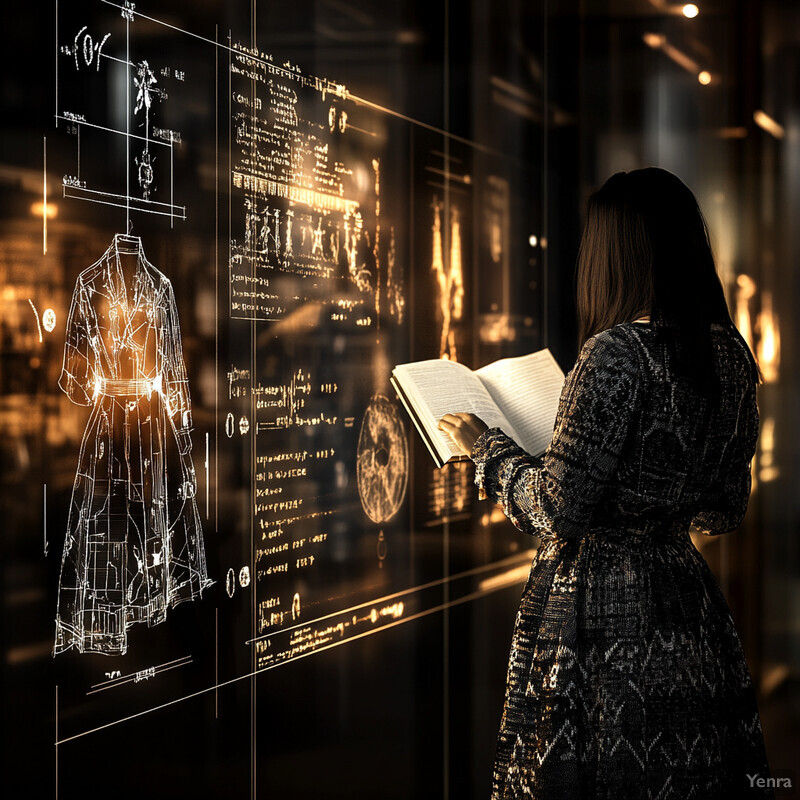
The resurgence of vintage and cyclical trends is evidenced by consumer behavior: in 2024, 58% of consumers purchased secondhand apparel, as shoppers embraced vintage styles and sustainability. The global secondhand apparel market grew 15% in 2024 alone, reaching about 9% of total apparel spending. AI can leverage historical trend data to inform new designs – for instance, identifying that 90s streetwear (baggy jeans, neon colors) started trending on TikTok, an AI forecaster flagged a likely mainstream comeback. Brands that used such insights launched “retro” collections that sold out, riding the wave of nostalgia. By analyzing what worked in the past and the context of its return, AI reduces the guesswork in bringing back past trends, ensuring they hit when the audience is ready.
19. Customized Brand Aesthetics
AI enables designers to experiment with and refine a brand’s unique aesthetic through style transfer and generative models. They can quickly apply different art styles or motifs to their designs or logo to see what resonates, effectively co-creating a signature look with AI input. This speeds up the evolution of a brand’s visual identity, ensuring it stays fresh and aligned with market preferences while still being recognizable.
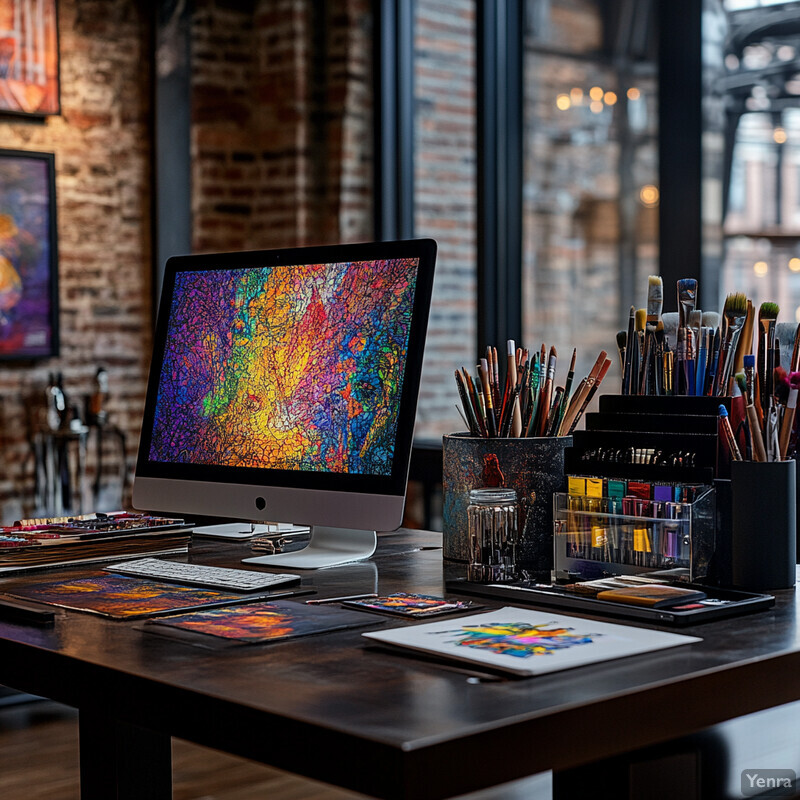
Embracing generative AI for design can yield significant business impact. McKinsey estimates that generative AI (which includes tools for creative design and branding) could add $150 to $275 billion in operating profit to the fashion, apparel, and luxury sectors within the next 3-5 years. Part of this value comes from faster design cycles and better hit-rates on designs – including brand aesthetics that truly connect with consumers. In practice, brands are beginning to use AI to test aesthetic directions: e.g., a luxury house might use an AI to blend its classic logo with various artistic influences (minimalist, baroque, street-art) and discover that a sleek minimalist tweak appeals most to younger consumers (boosting engagement by say 20% on social media). By data-testing aesthetic changes in advance, companies can confidently refresh their brand’s look, knowing it’s backed by consumer preference data.
20. Rapid Prototyping of Concepts
Generative design tools allow fashion teams to create many design prototypes (sketches, prints, even 3D models) in hours instead of weeks. Designers can input ideas or parameters and let the AI produce variations – essentially brainstorming at lightning speed. These numerous concepts can then be quickly refined or tested for feedback, drastically reducing time-to-market for new styles and enabling a more experimental, fail-fast approach to fashion innovation.
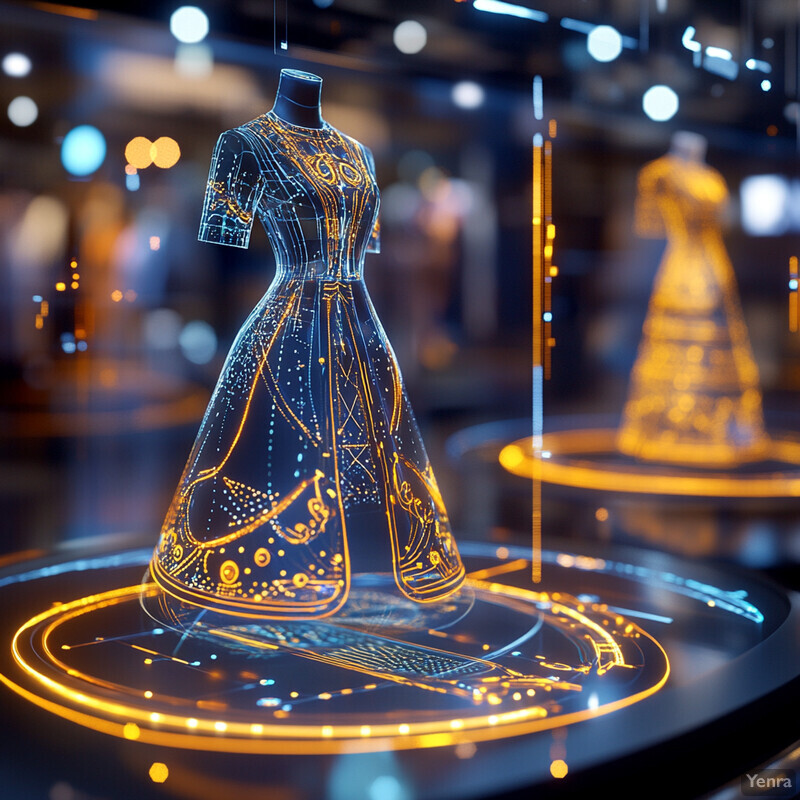
AI is dramatically accelerating the product development timeline. Walmart’s fashion division, for example, introduced a proprietary AI “trend-to-product” system that slashed the design-to-production process from the industry standard ~6 months to just 6–8 weeks. This is rapid prototyping in action – designs are generated and evaluated much faster. Similarly, brands using generative AI for concept creation can produce 10x more design ideas in the initial phase; one global retailer reported being able to generate and screen 500 garment designs in 48 hours, a process that used to take several designers multiple weeks. By quickly identifying which concepts resonate (sometimes using AI to predict best-sellers), companies focus their resources on winners, getting new, trend-aligned products to stores in record time.